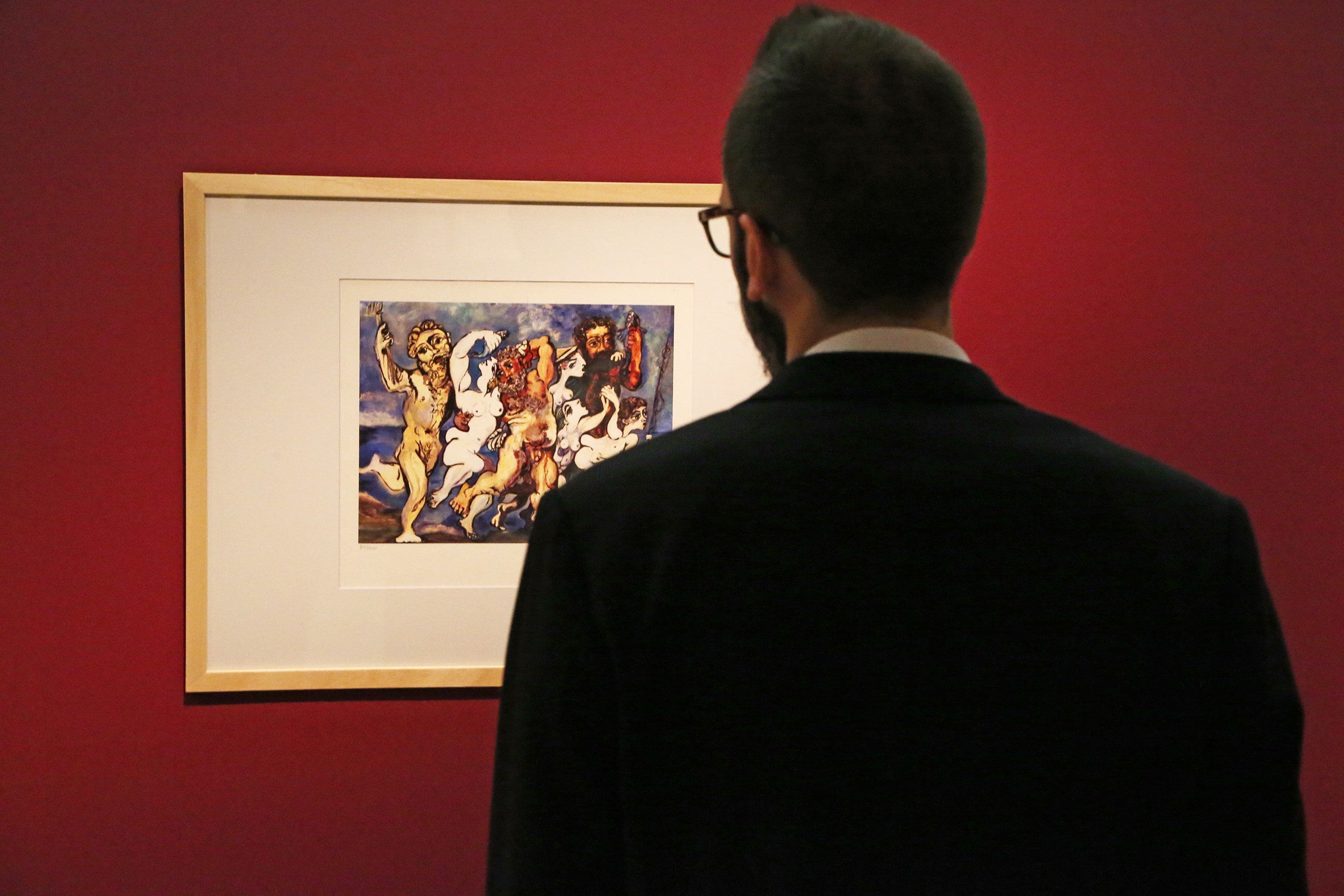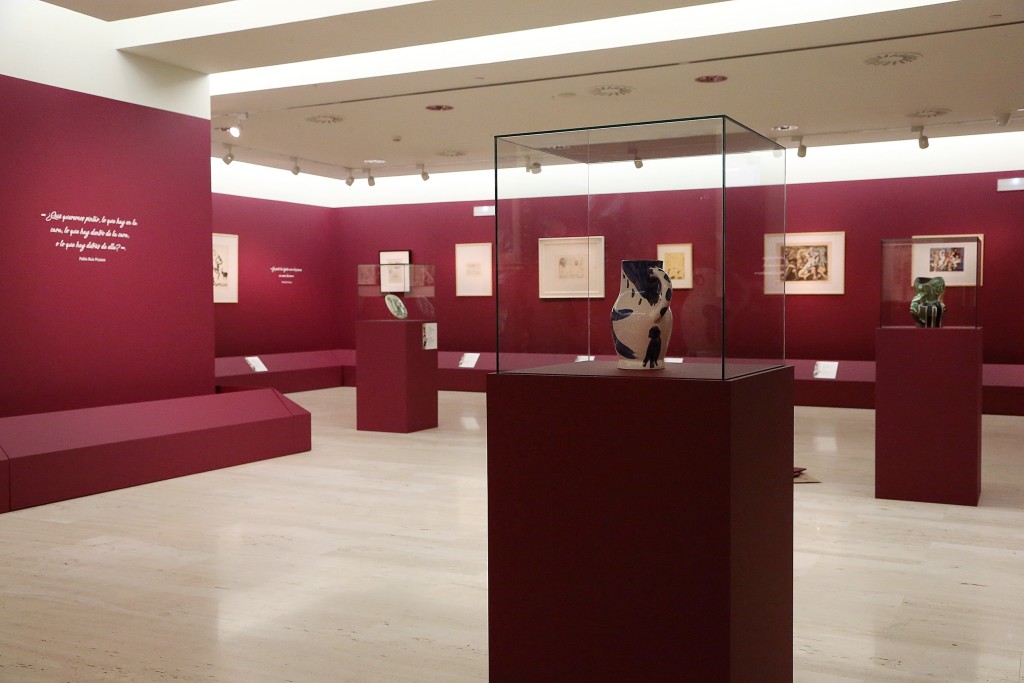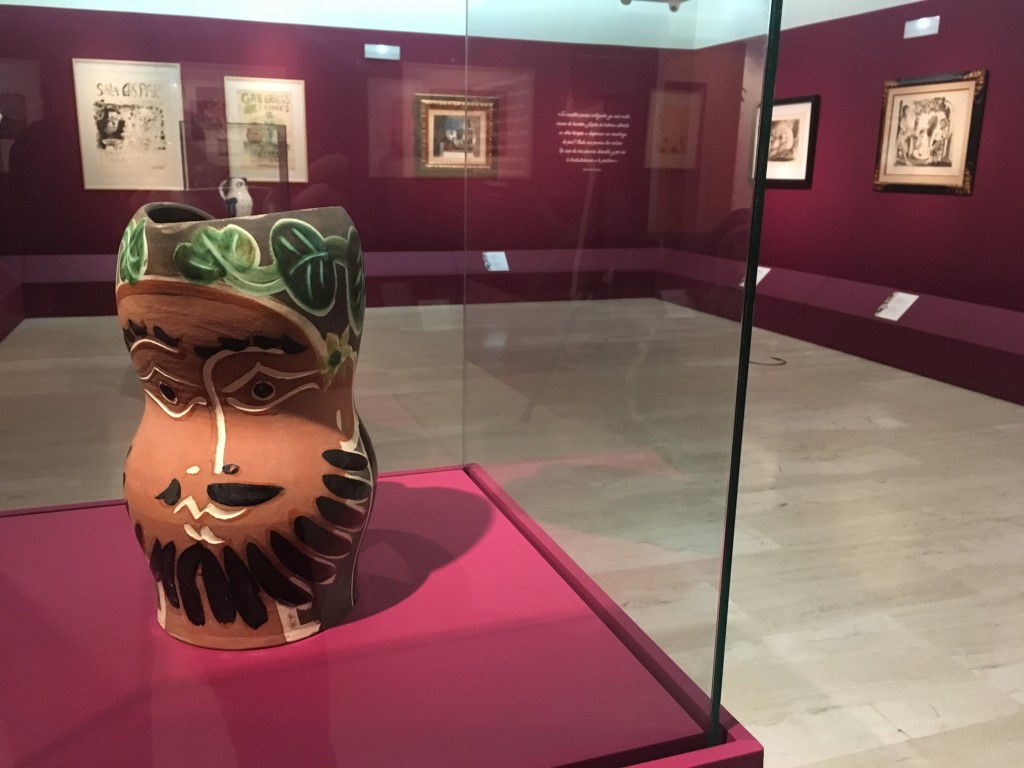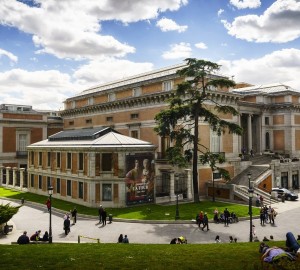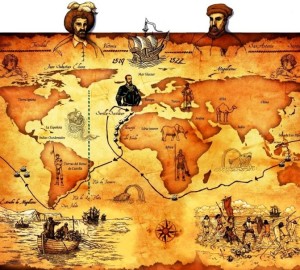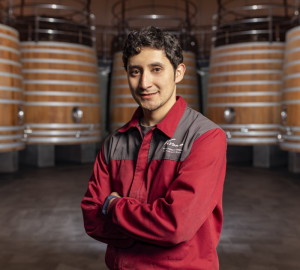Pablo Picasso is undoubtedly one of the most important artists of the 20th century - if not the most important - and certainly one of the most important artists of the 20th century. The most influential artists in the history of art. Mainly known as a painter and sculptor, Picasso also cultivated other disciplines such as engraving, design, ceramics and even the creation of scenographies and costumes for theatrical performances and ballets. His freedom and creative force, his ability to revolutionise and renew painting and the enormous artistic production he undertook throughout his life, uninterruptedly and constantly for more than 80 years, elevate him to the category of a true point of reference for all subsequent artists. His aesthetic imprint can be seen today in the form of his influence on a multitude of artistic manifestations all over the world: painting, sculpture, architecture, design, photography, music, literature, etc.... But Picasso also changed the popular conception of the artist. He did so through his way of understanding and living art, conceiving artistic creation as an authentic vital impulse, another physiological need, like the act of breathing or eating.
Born in Malaga in 1881, after a stay of several years in Barcelona and a period at the San Fernando Academy of Fine Arts in Madrid, Picasso settled in Paris in 1904. He settled in the Bateau-Lavoir, in the well-known Montmartre district, where he met some of the most important artists and intellectuals of the 20th century: Guillaume Apollinaire, André Breton, Gertrude Stein, Alfred Jarry, Max Jacob, Henri Matisse, Jean Cocteau, Igor Stravinski, Paul Éluard and Georges Braque, among many others. His collaboration with the latter led to the creation of the Cubism, the artistic movement that developed from Les Demoiselles d'Avignonwhich Picasso painted in 1907.. The conception of Cubism represented a revolution in the representation of the forms and space that make up reality, a break with figurative art whose influence endures to the present day. It also served as a catalyst for the effervescence of the other avant-garde movements that shook the 20th century.
But beyond Cubism, Picasso was capable of leaving his mark on the art world throughout all his creative stages: his blue, pink, green or black and white periods; Cubism itself; his subsequent passage through Surrealism and abstraction, the return to classicism, his interpretations of works by great masters (Velázquez, Delacroix, Courbet...), etc. This would be a clear sign of the artist's restless spirit and overflowing creativity, always with experimentation and play as the focus of his creations. But without ever totally neglecting his knowledge of the classical artists who preceded him.
Picasso exhibition in Vivanco
To celebrate Picasso, the Museum Vivanco of Wine Culture is hosting a temporary exhibition of 22 of the artist's works.many of which have never before been exhibited to the public. The exhibition brings together a collection of paintings, ceramics, lithographs and other pieces that show Picasso's interpretation of different figures and myths from the classical world: Bacchus and Dionysus, gods of the vine and wine in Ancient Rome and Ancient Greece; the fauns; the celebration of bacchanals; Hercules....
The exhibition opens with a cubist work, Bouteille de vin. (Picasso,1922), and then moves on to a journey through other styles worked by Picasso throughout his life, with the world of wine, with Bacchus and Dionysus as the main representatives, as the common thread. From Hercules with his mace (Pablo Ruiz, 1890), passing by Flautist and Goat (Picasso, 1948), Hommage à Bacchus (Picasso, 1956) or Dance of the Fauns (Picasso, 1957), to works of an advertising nature, such as the lithographs Galerie 65, Cannes (Picasso, 1956) or Gaspar Hall (Picasso, 1961).
The exhibition on Picasso can be visited at the Museum Vivanco until 16 June 2019. It is an exhibition in its own right and well worth a visit on its own, with a free or guided tour, whichever you prefer.
It is always a good time to revisit the genius of Malaga and perhaps there is no better way to do so than with a glass of wine in hand. This exhibition allows us to do so and to get to know, first hand, some of Picasso's works that have never been exhibited before.






